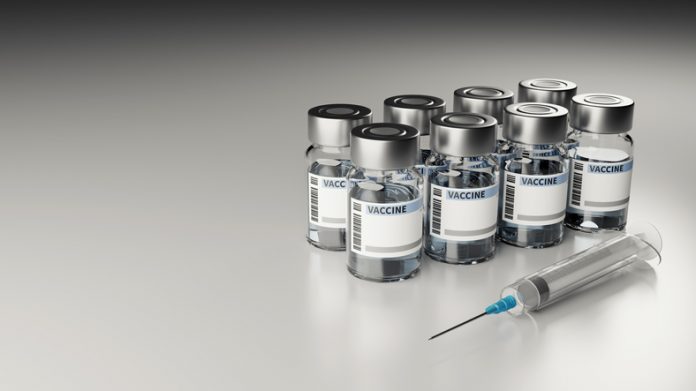The Pharmaceutical Society of Australia has welcomed the New South Wales Government’s move to expand vaccine access, with updates to the NSW Pharmacist Vaccination Standards expanding access to National Immunisation Program (NIP) vaccines, lowering minimum age requirements for Shingrix vaccines and removing written consent requirement for COVID-19 vaccines.
PSA New South Wales President Luke Kelly FPS said the changes cut unnecessary red tape, making vaccines more accessible across the state.
“As a state our focus should be on removing barriers to vaccination, cutting the red tape that prevents qualified pharmacist immunisers from delivering more vaccines to more people,” Mr Kelly said.
“I am proud to see years of PSA’s advocacy led to real outcomes not only for the pharmacists who will be able to play a greater role in delivering vaccines, but for our communities who will be able to access eligible vaccines closer to home.
“I thank the NSW Government for moving to expand NIP access for our most vulnerable populations and look forward to continuing to work alongside them to improve vaccine uptake across New South Wales.”
Summary of vaccination changes in NSW:
- Lowering of the age range that pharmacist immunisers can administer Shingrix vaccine to 18 years and over (was previously 50 years and over) to align with the eligibility for Shingrix vaccine under the NIP.
- Inclusion of monovalent meningococcal C vaccine for people aged 5 years and over to ensure pharmacist immunisers can provide a full range of meningococcal vaccines to eligible cohorts.
- Removal of reference to COVID-19 vaccine following the recent inclusion of COVID-19 vaccine in the Australian Immunisation Handbook to be consistent with the approach for all other vaccines that pharmacist immunisers are authorised to immunise.
- Removal of the COVID-19 vaccine written consent requirements to be consistent with consent requirements for all other vaccines i.e., that informed consent must be obtained, and documented evidence of verbal consent must be made.






